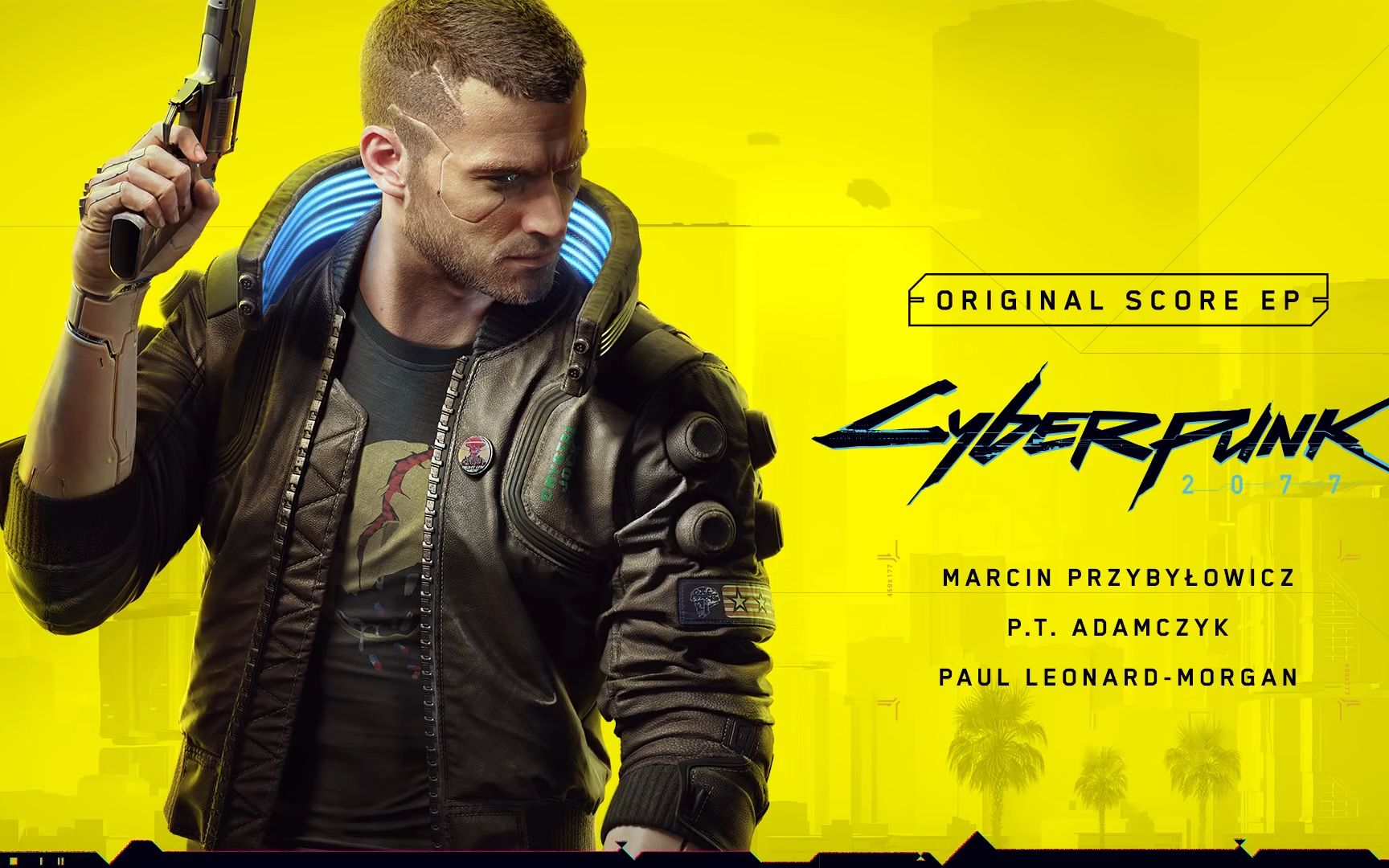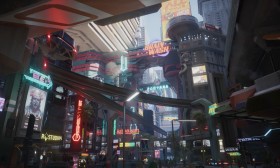The Sonic Terrors of Resident Evil Village: A Masterclass in Horror Audio Design
From the moment players step into the snow-swept, nightmare-plagued valley of Resident Evil Village, they are enveloped by an atmosphere of palpable dread. While the grotesque monsters and gothic architecture are visually terrifying, it is the game’s sound design that truly etches the experience into the player’s psyche. The audio landscape of Village is not merely a backdrop; it is an active, relentless antagonist. It is a meticulously crafted symphony of fear that guides, misleads, and horrifies, earning its place as one of the most effective horror soundscapes in modern gaming.

The foundation of Village's audio horror lies in its masterful use of ambience and atmosphere. Unlike many horror titles that rely on jarring jump scares, Capcom’s sound team builds tension through persistent, unsettling soundscapes. The opening village sequence is a prime example. The constant, mournful howl of the wind is more than just weather; it’s a character. It masks other sounds, creating a pervasive sense of isolation and vulnerability. Distant, indistinguishable whispers and cries seem to ride on the gusts, suggesting unseen horrors just beyond the periphery. The crunch of Ethan Winters’ boots on snow is amplified, a stark, lonely sound that emphasizes his fragility against the immense, silent wilderness. This ambient bed is a psychological primer, keeping the player in a constant state of low-level anxiety, ensuring that even moments of quiet feel pregnant with threat.
This atmosphere is perfectly complemented by the game’s innovative approach to music. The score, composed by a team including Shusaku Uchiyama and Zach Lemmon, is a dynamic and intelligent beast. It often operates on a principle of "negative space," knowing when to retreat into near-silence to let the environmental sounds do the work. When music does swell, it is meticulously tailored to the game’s diverse locales and villains.
Castle Dimitrescu introduces a haunting, classical elegance. The music within its halls is often a distorted, slow-tempo waltz or a dissonant chamber piece, reflecting the Lady’s aristocratic cruelty and the ancient evil festering within the stone walls. It’s beautiful yet deeply wrong, much like the Dimitrescu daughters themselves. In stark contrast, House Beneviento is a study in auditory minimalism and psychological horror. The near-total silence in the upper floors is broken only by the sound of Ethan’s breathing, his heartbeat, and the ticking of a clock, making the player hyper-aware of their own presence. The descent into the basement is accompanied by a rising, atonal, and industrial drone that grates on the nerves, perfectly mirroring the descent into madness and the confrontation with unspeakable trauma. For Mother Miranda, the score incorporates liturgical and choral elements, twisted into something sacrilegious and monstrous, underscoring her god-like complex and the cultish nature of the village.
However, the true genius of Village’s sound design is its diegetic integration—sounds that originate from within the game world itself. This is where the audio transforms from atmospheric into interactive and deeply personal horror. The most iconic example is the stalking sequence involving Lady Dimitrescu. Her presence is announced long before she is seen by the heavy, rhythmic thud of her footsteps and the drag of her claws along the stone walls. This sound is a predator’s cue, triggering a primal flight response in the player. It creates a terrifying game of auditory cat-and-mouse, where listening becomes the key to survival. Players learn to navigate by ear, using the volume and direction of her footsteps to gauge distance and plan escape routes.
Similarly, the mutated Soldat Jets in Heisenberg’s factory emit a distinct, high-pitched whirring sound. This auditory signature allows players to identify the threat even when it’s off-screen, providing a crucial half-second to react. The guttural, clicking language of the Lycans and the distorted, mechanical breathing of the soldats are not just for show; they are vital audio cues that identify enemy types, their states of alertness, and their proximity. This diegetic design empowers the player, making them an active listener whose survival depends on their ability to interpret the sonic world.
The sound design also excels in its detailed, often gruesome, foley work. Every action has a weighty, tangible sound that reinforces the game’s visceral nature. The squelch of a Moroaică’s head being crushed, the wet tear of a monster’s limb being blown off by a shotgun, the chilling crack of Ethan’s own bones being broken and magically reset—these sounds are uncomfortably intimate. They ground the grotesque violence in a horrifying reality, making every encounter feel impactful and brutal. The weapons themselves sound powerful and distinct, from the satisfying crack of the LEMI handgun to the thunderous roar of the W870 TAC shotgun. This feedback loop of powerful audio responding to player action is crucial for engagement, even amidst the horror.
Finally, the implementation of advanced audio technology cannot be overlooked. For players with supported hardware, the use of 3D spatial audio and Dolby Atmos is transformative. It elevates the experience from simply hearing sounds to being physically located within the soundscape. A whisper seems to come from directly behind the player. The flutter of a fly buzzes precisely from the left corridor. The roar of a Lycan can be accurately pinpointed in a dense forest. This precision creates an unparalleled level of immersion, making the horror inescapable and all-encompassing.
In conclusion, the sound design of Resident Evil Village is a masterpiece of interactive audio storytelling. It masterfully blends atmospheric ambience, a dynamically intelligent score, purposefully designed diegetic sounds, and visceral foley work into a cohesive and terrifying whole. It understands that true horror is not just about what is seen, but about what is heard, imagined, and felt in the darkness. It weaponizes sound, turning it into a tool for building tension, conveying narrative, and creating some of the most memorably terrifying moments in the Resident Evil series. It is a testament to the power of audio to not just accompany a game, but to define it.














